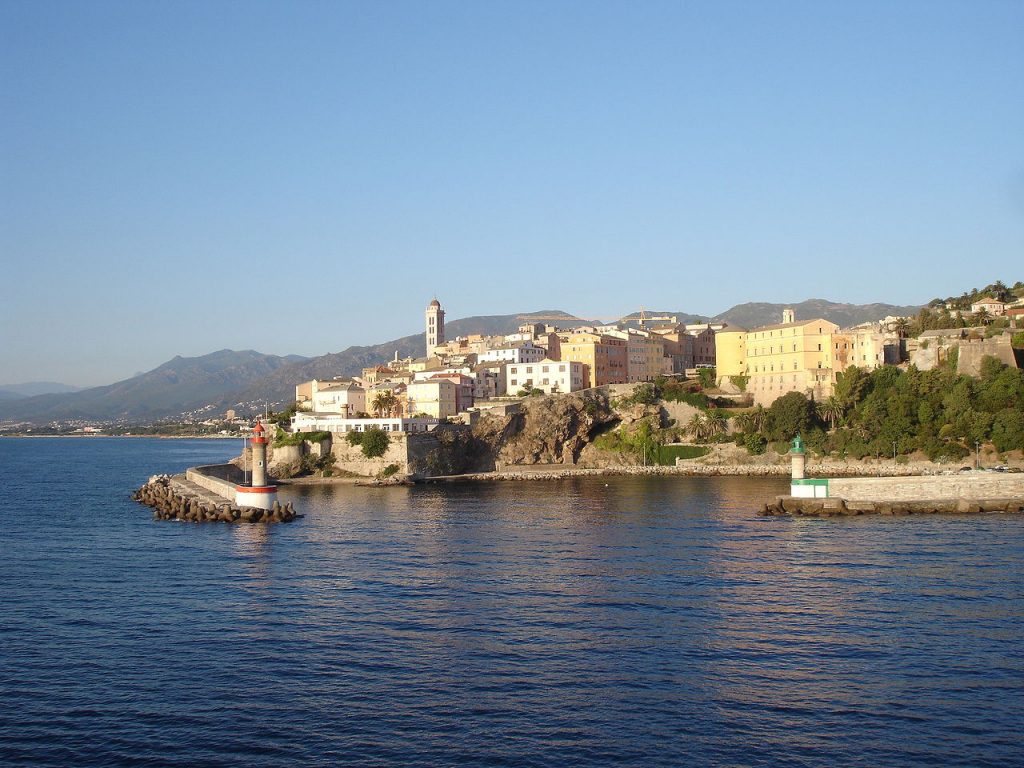The Isle of Beauty, the Island of the Righteous

Some historians claim that the Jewish presence in Corsica dates back to Roman times, after the destruction of the Temple in Jerusalem and the forced expulsion of a large proportion of the inhabitants by the Roman occupiers.
At the turn of the 9th century, Jews from Egypt settled in southern Corsica, near the village of Levie. Following the Inquisition, many Jews from the Iberian Peninsula, then Marranos, also fearing for their lives, left to settle in different parts of the Mediterranean. Some chose to come to Corsica.
As religious persecution continued in Italy, Italian Jews also migrated to Corsica at the beginning of the 16th century, probably between 1500 and 1530, mainly to the centre of the island, in the mountainous regions. This was also the case between 1750 and 1769, during Genoese rule, when several thousand Jews found refuge here.
In 1755, Pascal Paoli proclaimed the independence of the Republic of Corsica in Corte, a city that symbolised his patriotism. It was also a symbol of his inspiration for the Enlightenment, as Paoli founded a university there. In 1760, he wrote to Domenicu Rivarola, Consul of Piedmont, mentioning his desire to give equal rights to the Jews. He declared: ‘The Jews have the same rights as Corsicans, since they share the same destiny’.
Paoli brought thousands of Jews from northern Italy and Spain to the Rousse island during his republic, guaranteeing them equal rights and hoping that they would contribute to the island’s economic development. As they had done in Livorno, where they enjoyed protection, not being confined to a ghetto and developing maritime trade.

During the First World War, Jewish migrants from Syria and Lebanon, then under French mandate, settled here, numbering around a thousand people at the time, including long-standing Bastia Jews.
But the link between the Jews and the Isle of Beauty is above all marked by the courage of the Corsican people. From the many villagers who hid the Jews and representatives of the State, to the Prefect of Corsica, Paul Louis Emmanuel Balley. He refused to deport them and, thanks to his contacts, obtained Turkish passports to give to the Jews. In this way, Corsica was the only département not to deport any Jews during the Shoah and even to welcome those who fled the départements where they were under threat.
The documentary ‘La Corse île des Justes?’ (2013) by André and Clémentine Campana gave the general public a better understanding of the great courage of the Corsican people. The comic strip ‘L’île des Justes, Corse, été 1942’, written by Stéphane Piatzszek in collaboration with the cartoonist Espé, tells the story of a Jewish woman trying to save her son by hiding him on the island thanks to the inhabitants’ help.